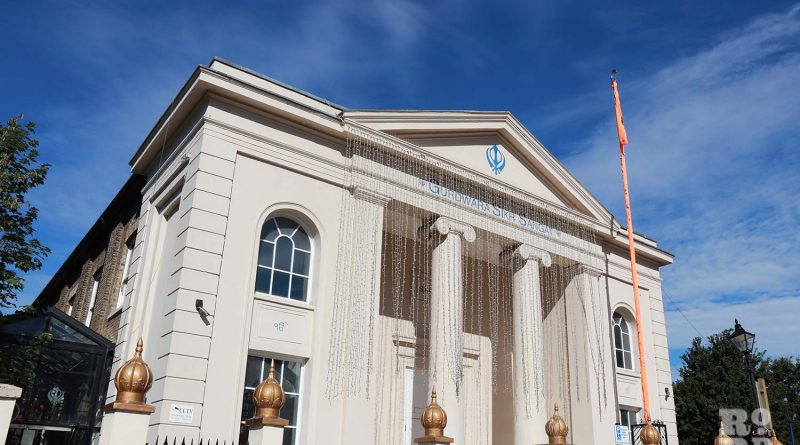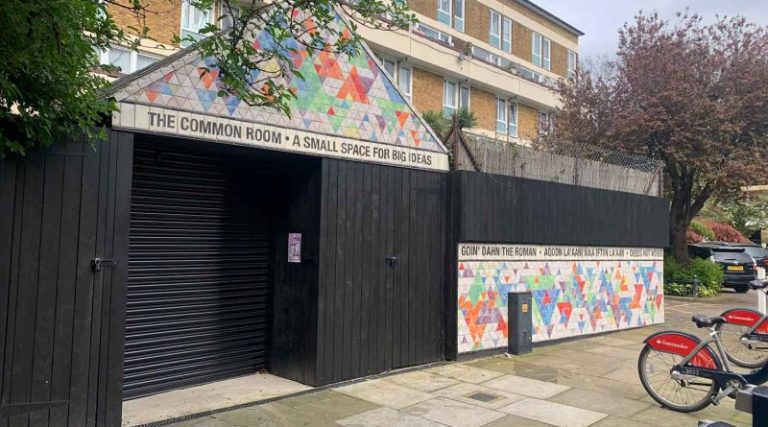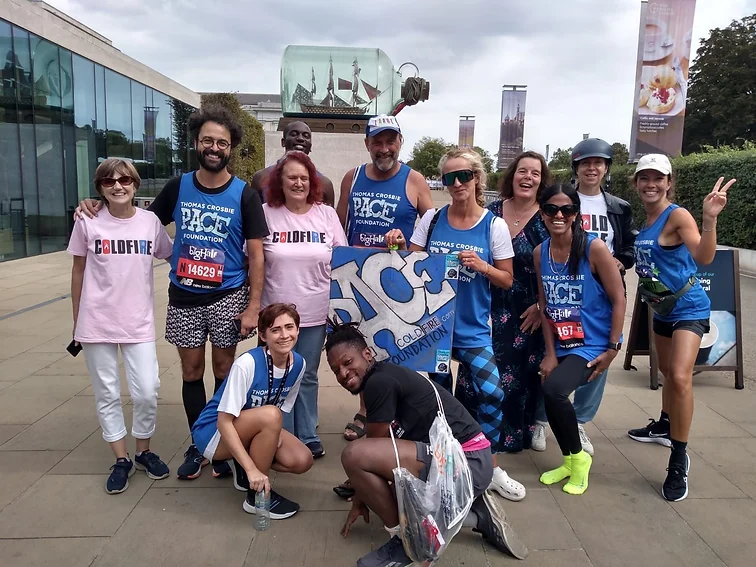Gurdwara Sikh Sangat: The many lives of Harley Grove’s Sikh temple
The East End’s story is one of movement and Harley Grove’s Sikh temple is a microcosm of the lives of those who have walked through its history.
Buildings are stationary; foundations stand resolute running deep into the soil, and unyielding bricks are bonded by mortar. But it’s the footsteps that cross thresholds, the figures that weave in and out of spaces, and the faces of changing cultures and traditions that breathe life into these otherwise static structures.
Nowhere is this more evident than at the cream-hued neo-classical building on Harley Grove; the Gurdwara Sikh Sangat.
The building’s use has undergone three iterations of religious reinvention. But what is this building? Who has walked its corridors? What stories has it to tell?
Harley Street Chapel
When first laid out, Harley Grove was Harley Street – no, not that Harley Street but our very own Harley Street in Bow.
It was here that Harley Street Chapel was founded. The pseudo-church directory for trainee Victorian priests, Congregational Magazine, listed that a church was established on Harley Street in 1836.
Despite a trip to the Tower Hamlets Library, and searches in local history books and online, little can be found on who designed, or built the church but, by 1854, a chapel was standing. Maps from the era reflect a bucolic setting; open pastureland lay beyond the church, and the road itself was lined with detached houses. But, with the rapid expansion of population over the next 50 years, the building was soon cocooned in a spider’s web of crisscrossing roads and narrow Victorian terraced housing.
As for the change in street name, it was still known as Harley Street in 1900; a poster for Archibald G Brown’s Orphan Home for Boys based on Harley Street, advertised its mission work, and referred to its base as being on Harley Street.
By 1903, the church was listed as having 363 members and 450 students in its Sunday school. Why the chapel closed 24 years later is unknown, but its story was far from over.
Mile End and Bow District Synagogue
It was in 1927 that the building came under the stewardship of East London’s growing Jewish community.
On the lookout for large vacant buildings to house services and prayer, its religious leaders came upon the empty Harley Grove chapel.
Its congregation wasted little time in using its space, for its first wedding took place on 20 November 1927. Many weddings were held at the synagogue, such as that of Jane Rabinowitz, a dress cutter, and Cecil Levinson, a travelling salesman. And that of Marie Jacobs and Abraham Rabinowitz (perhaps a brother or cousin to Jane?), a milliner. Reflecting the upwardly mobile community, both couples’ photographs were taken by the doyen of Jewish wedding photography, Boris Bennett, at his Whitechapel Road studio.
It is likely that the rabbi who led these services was Rabbi Israel Joseph Lew. It appears that he was the first rabbi to lead the synagogue and served there until his retirement in 1950 aged 62. He lived just a leisurely stroll away at 10 Rhondda Grove.
A caring man, Rabbi Lew was highly concerned with the poverty and hostility many of his fellow Jews endured abroad. His presence must have been reassuring at a time when the treatment of Jews in many European countries was barbaric.
In the mid-20th century, around 370 members (although as was the case with many records at the time, only males are recorded so the numbers will be even higher) consistently attended the synagogue but, like many East Enders after the war, much of the community moved further east to Essex while others increasingly called north-west London home.
Such was the exodus that, by the 70s, the synagogue saw a drop in its members by 43% to around 200. It is telling that the last wedding held at the synagogue was on 7 July 1971. The synagogue coped with dwindling numbers for the next six years until a new era dawned for this temple in that of the South Asian population.
Gurdwara Sikh Sangat
By 1977, the synagogue was converted into a Sikh temple, representing the many hundreds of Sikhs who had moved to East London in the 60s and 70s.
Co-existing with relative peace for almost 30 years, an arson attack in the spring of 2009 destroyed 75% of the building’s original structure, including the roof and most of the interior.
Fire incinerated almost 170 years’ worth of history in mere minutes, its plumes of smoke billowed across London’s East End, as 50 firefighters tackled the blaze. It is believed that the fire was a deliberate target on the community; witnesses at the temple said they saw a man in the building before the fire was spotted.
No one was reported injured and the foundation and exterior of the building remained largely intact but the roof collapsed and destroyed the community’s 14 holy books.
It took four years and almost £1.5million to restore the temple. Displaying love and kindness in the face of hate, the community rallied around the Sikh community and many tradespeople offered their services, free of charge, to start the slow process of refurbishment.
As a thank you to those who helped them, the Sikh community invited over 600 people to its grand reopening, which took place on 16 June 2013.
The building still stands as a Sikh temple today and, in its own words ‘ regardless of caste, colour, or creed’ offers food and shelter to those in need.
Harley Grove’s impressive building stands as a living symbol for the many religions which have walked through the history of Bow, and the changing dynamic of the area.
If you enjoyed this heritage article, then read our piece on the beauty of shopfront mosques.








